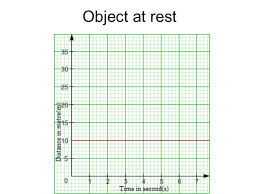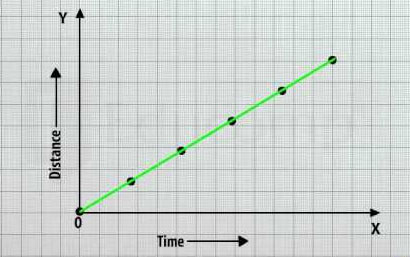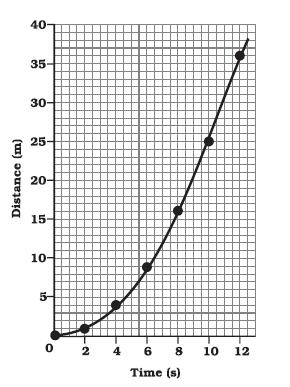Question: Differentiate between uniform and non uniform speed.
Answer: Differentiate between uniform and non uniform speed:
Uniform
Non uniform
1. Object that remain at a constant speed is called uniform motion.
1. Object that remain at a constant speed is called non uniform speed.
2. For Eg: Speed of pendulum after an oscillation does not change.
2. For Eg: Speed of a car does not remain constant.
Question: Explain about the evolution of clock.
Answer: The evolution of clock:
- Sun Dial: A sun dual has a metallic plate and a triangular metallic called gnomon fixed at its center pouted at on angle. The device is put in sunlight in such a way that the shadow of gnomon indicates the time.
- Water Clock: The greeks invented this clock to use at night. It is based on the falling and rising of liquid column. Time was regulared flow of liquid into or out of vessel.
- Sand Clock: It was also called the hourglass. It measures a passage of time or an hour of time. It has 2 verticale bulps, it allows a regulated tickle of sand from top to bottom.
- Pendulum: A pendulum has metallic bob suspended from a rigid stand by a period. The rest position of the bob is called the mean position. The pendulum is said to have completed one oscillation when the bob moves from one extreme to other extreme.
- Quartz Clock: The working of quartz clock was based on the piezoelectric property of the quartz crystal. The quartz crystal vibrate when placed under electric field, The vibrations are converted by suitable means to measure time.
- Atomic Clock: An atomic clock is a device that used an electronic transition frequency in the ultraviolet region of the electromagnetic spectrum of atoms as standard.
Question: Define following:
Answer:
- Horology: The art of science of timepieces or measuring time. Seedy of the devices that were used to measure time.
- Gnomon: A triangular metallic plate in a sundial is called a gnomon.
- Varying Speed: An object which does note have a constant speed it is said that the object has a varying speed.
- Speed: A distance covered by a body in unit time is called speed.
- Time Period: Time taken by the pendulum to complete one oscillation is called time period.
Question: What is distance time? What is the nature of the distance-time graph of a body in the following? Represent graphically?
Answer: (i) Rest:
(ii) Uniform Speed:
(iii) Varying speed:
 Class Notes NCERT Solutions for CBSE Students
Class Notes NCERT Solutions for CBSE Students





